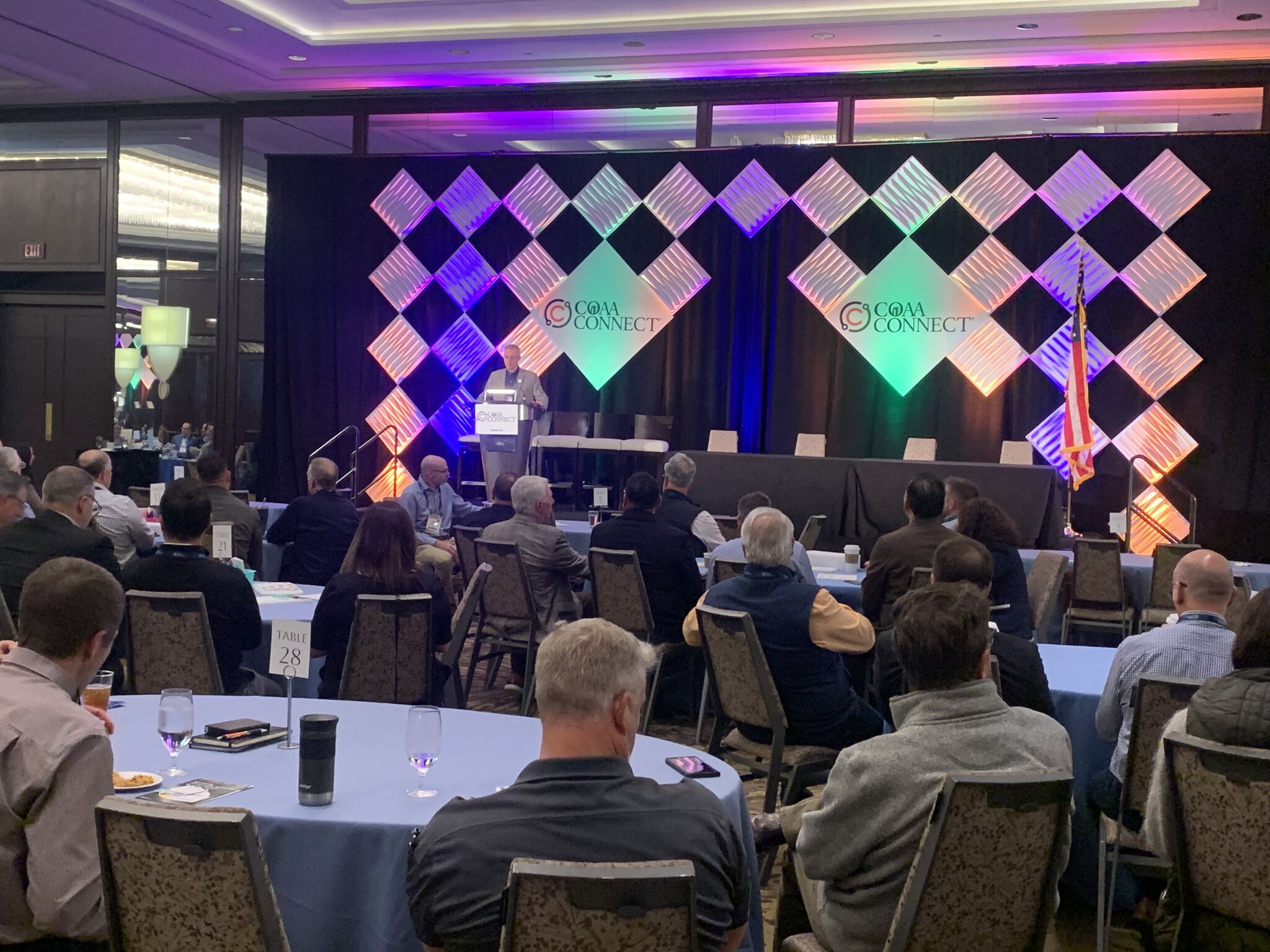Our team had a great time at COAA Connect 25 in Pittsburgh earlier this month. This year’s conference brought together some of the most forward-thinking owners and professionals in construction, and we appreciated the opportunity to meet with so many of them face-to-face. From hallway conversations to structured breakout sessions, we walked away with fresh insights, renewed connections, and real-world examples of how the industry is evolving. Below are a few of our favorite breakout sessions that sparked meaningful discussions and aligned with the work we’re doing with our clients.
Why Great Projects Have Charters
One of our favorite sessions, “Why Great Projects Have Charters” led by Virginia Tech’s Paul O’Keef, focused on a powerful yet often underutilized tool - the project charter. Alongside team members from VMDO and Ballinger, Paul emphasized how successful projects often start with intentional conversations that clarify purpose, define success, and align stakeholders. They discussed how developing a project charter early in the process helps avoid confusion and keeps teams aligned through the life of the project.
This message resonated strongly with us, especially in light of recent work we’ve done with the College of Lake County. Their team created a custom form in ProjectTeam.com to track project charter revisions and share updates across departments. It’s a great example of how technology can support not just data tracking, but also the collaborative processes that drive project success.
We Bought a Campus!
Another memorable session was “We Bought a Campus!” presented by Darin Dehle from the University of Oregon. The university took on a major challenge by purchasing a 19-acre campus in Portland and committing to transform it in just 18 months. What stood out most was the university’s honesty and transparency with its partners from the start. They openly acknowledged the scale and unpredictability of the project, which helped build trust and foster strong collaboration among the design and construction teams.
As the project unfolded, many unforeseen issues surfaced, remnants of the old campus, infrastructure surprises, and tight deadlines. But the shared commitment to flexibility and problem-solving helped them stay on track. It was a great reminder of how communication and adaptability are critical for overcoming the unknowns that so often come up in large capital programs.
It also reinforced the importance of having the right tools in place to support collaboration across diverse teams. In projects like this, the collaborative features of ProjectTeam.com, such as automated email alerts, threaded commenting, and visual workflows, can play a big role in keeping everyone aligned, informed, and ready to respond quickly as challenges arise.
How UI Health Leveraged P3
Dan Myers from Pepper Construction led another compelling session on “How UI Health Leveraged P3.” In this case, the University of Illinois Hospital and Health Sciences System pushed beyond its typical Design-Bid-Build model and successfully delivered a large healthcare project through a Public-Private Partnership (P3). Despite the complexities and significant mid-project program changes, the team finished a year ahead of schedule.
This session sparked important discussions around how delivery models can either limit or enable success. In states where public construction is traditionally bound by rigid procurement laws, P3 can provide a more flexible path, especially for projects that demand speed, innovation, and partnership. It’s a model that deserves more attention across the industry.
The presentation also highlighted the value of integrated collaboration across different organizations working under a single delivery structure. ProjectTeam.com’s unique connected platform supports this by allowing project stakeholders to collaborate on shared data while maintaining their own configurations and perspectives. Each team can control how they manage the project internally, customizing views, workflows, and reports, while still contributing to and relying on a common source of project truth.
Final Thoughts
This was our first time attending a COAA conference, and we had a great time connecting with industry leaders, learning from engaging sessions, and sharing how ProjectTeam.com is helping organizations manage their capital projects more effectively. Special thanks to COAA's Jessica Bonin, Jenell Calloway, and others that organized the event. We’re proud to be new part of the COAA community and look forward to future events and continued collaboration with the owner community.
